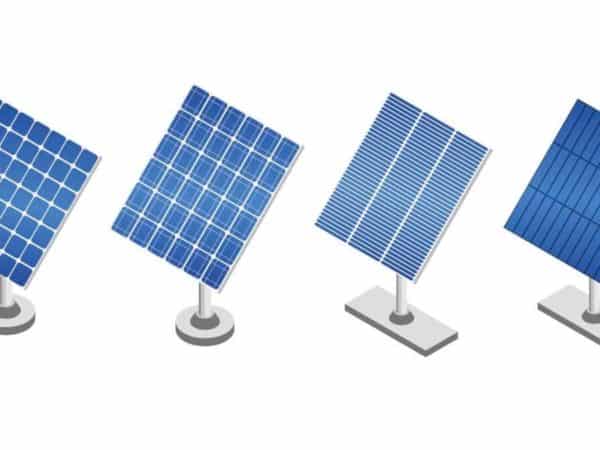Solar - Business - LG Global

Some Known Facts About California's rooftop solar panel mandate: the case for and.
Solar PV modules installed on a rooftop A photovoltaic panel, or photo-voltaic (PV) module, is an assembly of photo-voltaic cells installed in a structure for installation. Photovoltaic panel use sunshine as a source of energy to produce direct current electrical energy. A collection of PV modules is called a PV panel, and a system of panels is a selection.
History [edit] In 1839, the capability of some materials to produce an electrical charge from light exposure was first observed by Alexandre-Edmond Becquerel. Though the best solar panels were too inefficient for even basic electric gadgets they were used as an instrument to measure light. The observation by Becquerel was not replicated again till 1873, when Willoughby Smith found that the charge could be brought on by light striking selenium.
In 1881, Charles Fritts produced the very first industrial solar panel, which was reported by Fritts as "continuous, continuous and of considerable force not only by exposure to sunshine but also to dim, diffused daytime." However, these photovoltaic panels were very ineffective, particularly compared to coal-fired power plants. In 1939, Russell Ohl produced the solar cell style that is used in many modern-day solar panels.
In 1954, this design was initially used by Bell Labs to develop the very first commercially viable silicon solar cell. In 1957, Mohamed M. Atalla developed the procedure of silicon surface area passivation by thermal oxidation at Bell Labs. The surface area passivation process has actually because been crucial to solar cell efficiency. Theory and building [edit] Photovoltaic modules use light energy (photons) from the Sun to create electrical energy through the photovoltaic effect.
All about Two-sided solar panels that track the sun produce a third more
The structural (load carrying) member of a module can be either the top layer or the back layer. Cells need to be safeguarded from mechanical damage and moisture. The majority of modules are rigid, but semi-flexible ones based upon thin-film cells are also available. The cells are generally connected electrically in series, one to another to the preferred voltage, and after that in parallel to increase present.

The manufacture specs on photovoltaic panels are acquired under basic condition which is not the genuine operating condition the photovoltaic panels are exposed to on the setup site. A PV junction box is attached to the back of the solar panel and functions as its output user interface. External connections for most photovoltaic modules utilize MC4 connectors to assist in simple weatherproof connections to the rest of the system.

UNDER MAINTENANCE